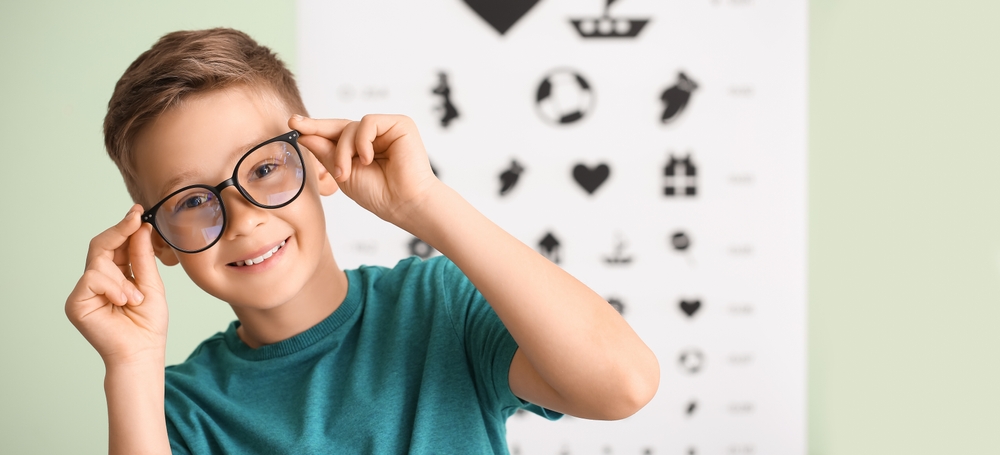
Myopia, or nearsightedness, is becoming increasingly common in children. While it might seem like a minor inconvenience that can be easily corrected with glasses or contact lenses, the condition can have more serious long-term implications if not properly managed. So, how serious is myopia in kids? Let’s dive into the key concerns and why early intervention is essential.
What is Myopia?
Myopia occurs when the eyeball grows too long, causing light entering the eye to focus in front of the retina rather than directly on it. This results in blurry distance vision, while close-up vision remains clear. In children, myopia often starts during early school years and tends to progress as they grow.
The Rising Prevalence of Myopia
The prevalence of myopia in children is on the rise globally. Studies show that children are becoming nearsighted at younger ages, and the progression of myopia is accelerating. By 2050, it’s estimated that half of the world’s population could be myopic. Factors like increased screen time, reduced outdoor activities, and genetics all contribute to this trend.
Why Myopia in Kids is a Concern
Risk of Eye Health Problems: Myopia is more than just a refractive error. High levels of myopia can lead to serious eye conditions later in life, such as:
Retinal detachment: As the eye elongates, the retina is stretched, increasing the risk of detachment.
Glaucoma: Higher levels of myopia can increase intraocular pressure, a risk factor for glaucoma.
Cataracts: Myopia may accelerate the development of cataracts.
Macular degeneration: Severe myopia can lead to changes in the retina, increasing the risk of macular degeneration.
Impact on Quality of Life: Myopia can affect a child’s academic performance, participation in sports, and overall confidence. Children who struggle to see the board in school or keep up with activities may experience frustration, anxiety, or even social withdrawal.
Progressive Nature of Myopia: In many cases, myopia worsens with age, particularly during childhood and adolescence when the eyes are still developing. The earlier myopia starts, the greater the likelihood it will progress to higher levels. This makes early detection and management critical.
Early Detection is Key
Regular eye exams are crucial for identifying myopia early. Even if a child doesn’t complain about their vision, they may still have undetected myopia. Early detection allows for timely intervention, which can slow the progression of the condition.
Managing Myopia in Kids
Fortunately, there are several strategies to manage and slow the progression of myopia in children:
Eyeglasses or Contact Lenses: These can correct vision but don't slow the progression of myopia.
Myopia Control Lenses: Specialized lenses, such as multifocal contact lenses and orthokeratology (ortho-k) lenses, are designed to slow the progression of myopia.
Atropine Eye Drops: Low-dose atropine eye drops have been shown to slow the progression of myopia in children.
Lifestyle Changes: Increasing time spent outdoors and reducing screen time may also help slow the onset and progression of myopia.
The Bottom Line
While myopia in kids can seem like a simple issue of needing glasses, it can have significant long-term consequences if left unmanaged. Early intervention and regular eye exams are essential to monitor and control the progression of myopia, helping reduce the risk of more serious complications in adulthood. If your child has not had a comprehensive eye exam recently, now is the perfect time to schedule one to ensure their vision—and overall eye health—are in the best possible shape.
Book an Appointment Today!
Is your child struggling to see clearly? Contact us to schedule an eye exam and explore myopia control options tailored to your child’s needs. Early action can make all the difference!









